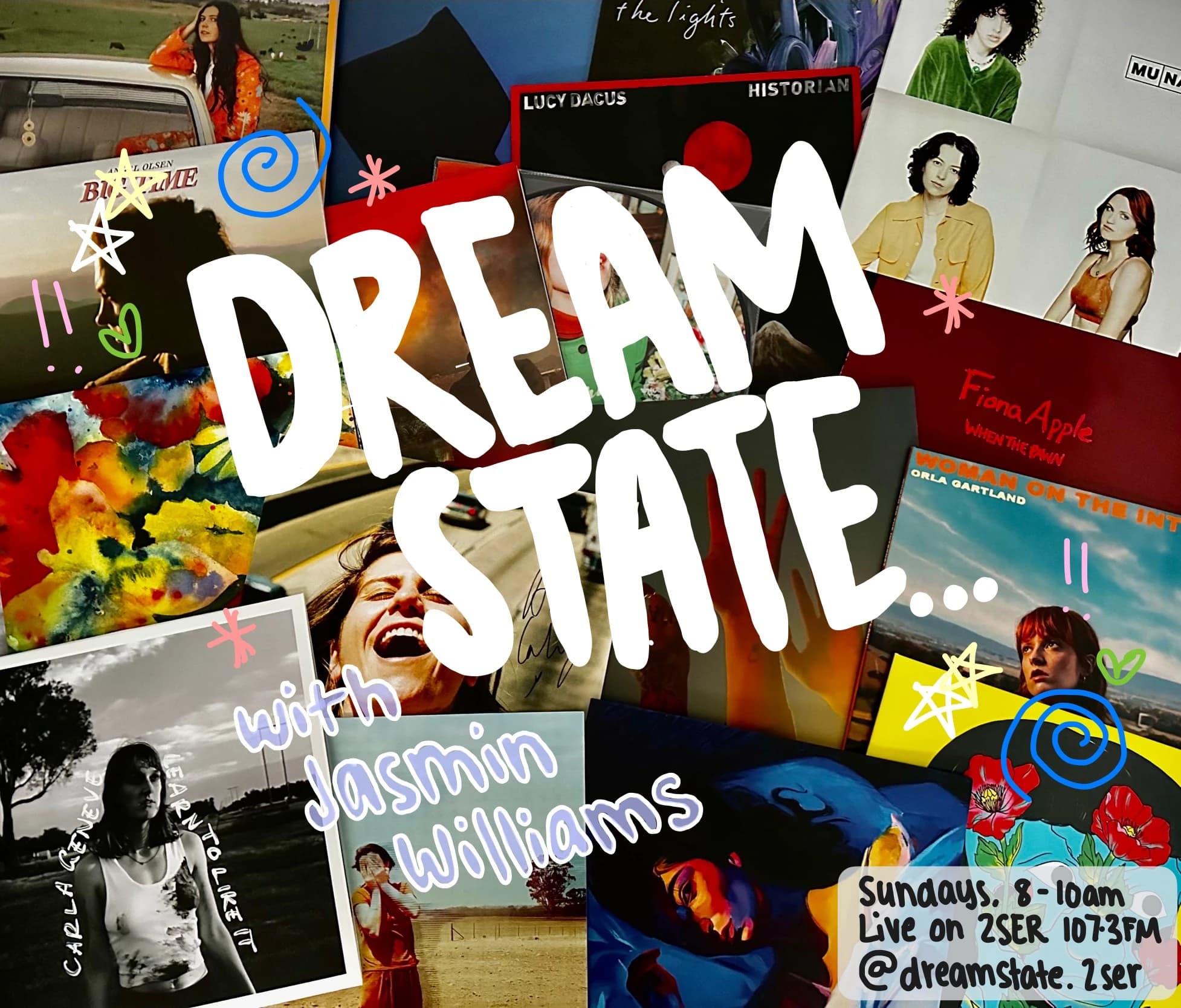
ON AIR
Dream State
Sundays at 8am
ON AIRDream State
Dream State
Sundays at 8am


© 2025 2SER. All rights reserved.
Website built by Nick La Rosa nicklarosa.dev. Radio On-Demand provided by Myradio.Click.
Keep Up to Date with Live at 2SER!
We <3 Community! Check out our Business Supporters